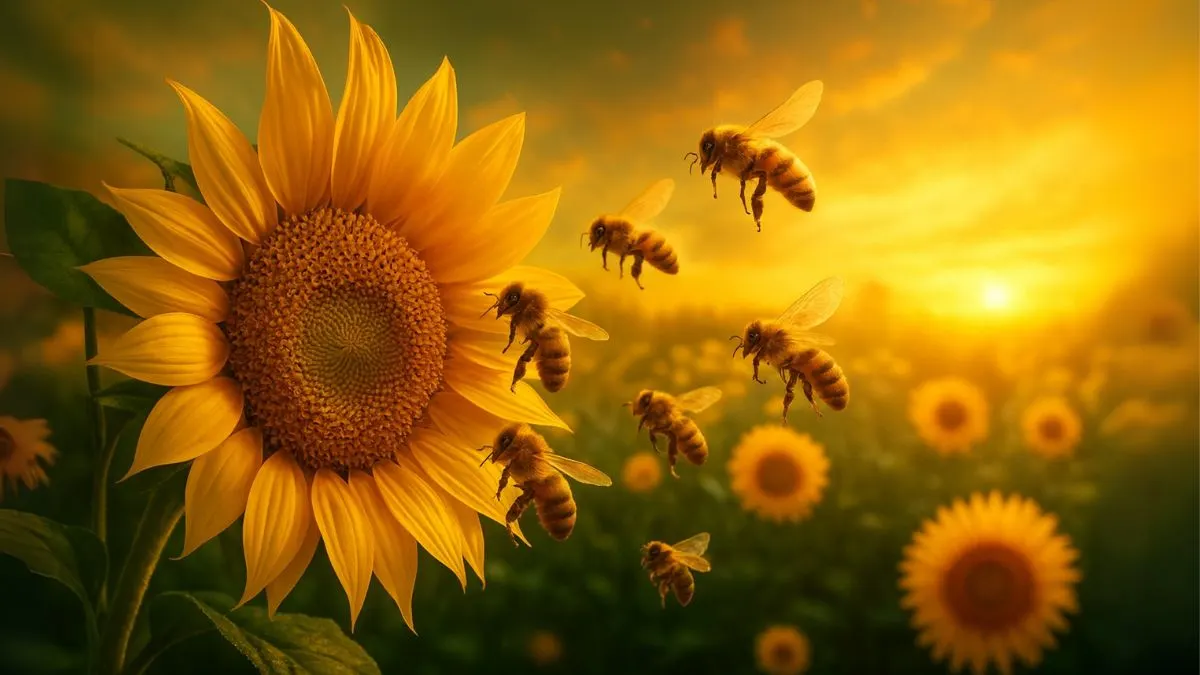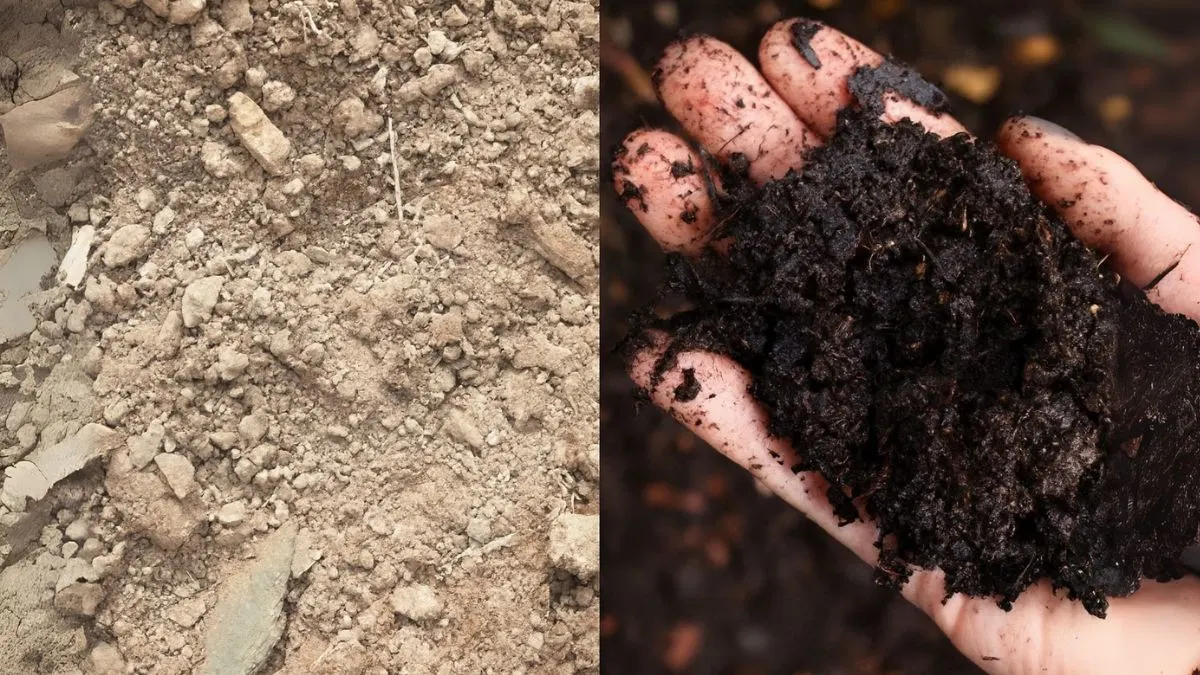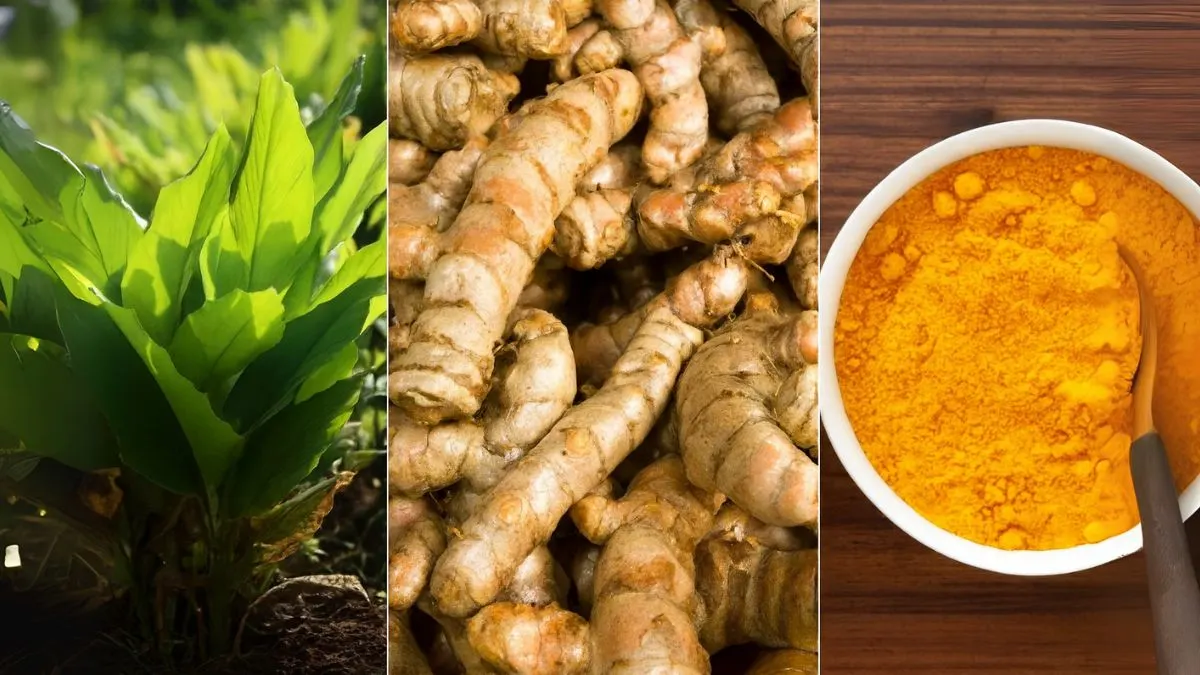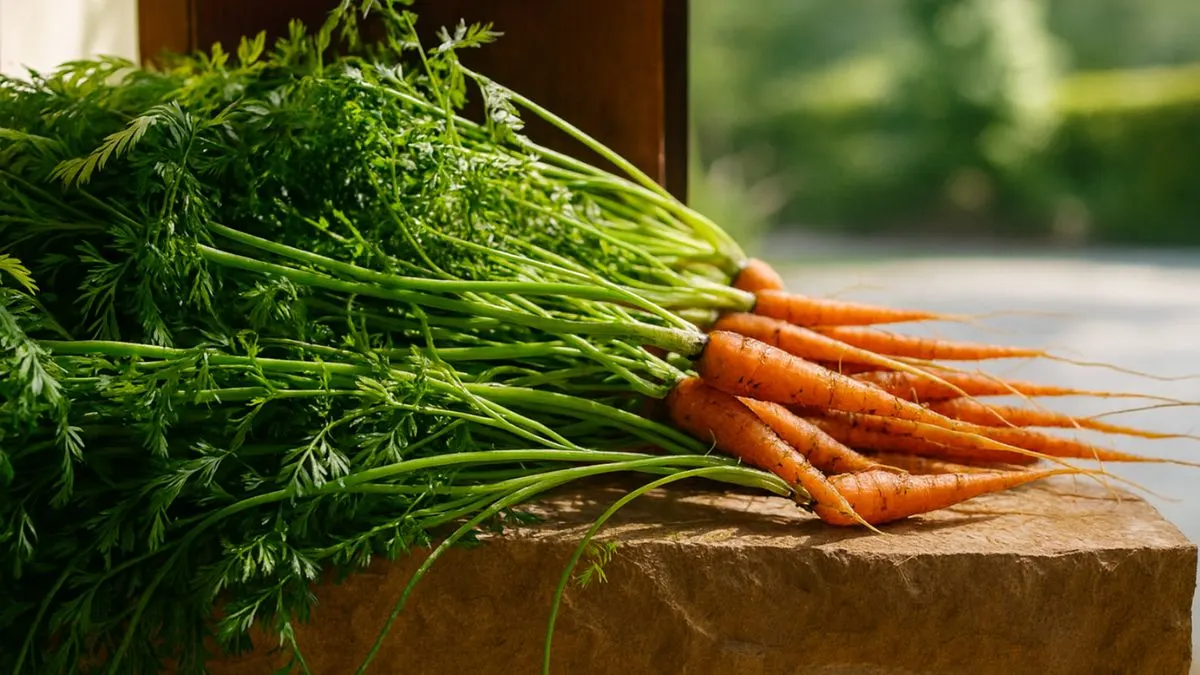Few plants give back as much as sunflowers. In community plots and backyard borders alike, they greet the day with luminous faces, feed birds all season, and magnetize pollinators to the vegetable patch. The best part? They’re straightforward and forgiving—perfect for new growers and a joy for experienced ones.
1) The Pollinator and Wildlife Magnet
Sunflowers are famous for how effectively They attract pollinators like bees, acting as a natural pest control by drawing pests away from other plants and providing a food source for birds. Their large composite heads carry hundreds of nectar- and pollen-rich florets that keep bees, butterflies, and hoverflies busy for weeks; later, seedheads sustain finches, chickadees, and other seed eaters through fall and even winter. This living buffet helps stabilize garden ecosystems without sprays while boosting fruit set in adjacent crops.
2) Soil Champions: Tough, Adaptable, and Even Detoxifying
Sunflowers are astonishingly adaptable. They are remarkably tough and will grow in any kind of soil, tolerating everything from sandy loam to clay loam so long as drainage is reasonable and sunlight is abundant. Even better, They can heal the soil of toxins: research and field practice show sunflowers can assist with phytoremediation by absorbing heavy metals such as lead and arsenic, a tactic used in urban remediation projects. While not a substitute for professional soil cleanup, planting sunflowers can be one supportive step toward healthier garden soils over time.

3) Effortless Impact: Color, Structure, and Continuous Bloom
A massed row or a mixed border of branching varieties can dramatically enhance garden beauty with weeks of saturated yellow, bronze, and red blooms. Branching sunflowers are ideal for attracting birds, bees and butterflies because they produce multiple heads over a longer period, creating ongoing nectar and seed resources. From cottage gardens to modern urban plots, their vertical accents and textured seedheads add cinematic interest, even after petals fall.
Also Read: Indoor Plants That Could Be Risky for Kids, Pets—Or Your Peace of Mind
4) Simple to Grow: From Seed to Sky
They’re easy to grow once they germinate. Direct-sow after the last frost when soil is 60°F+, 1–2in deep, then thin to 12–15in for most garden types; water lightly for the first 7–10 days, then step back—sunflowers are sturdy and largely self-sufficient with full sun and occasional irrigation. For months of blooms, keep planting sunflowers in small batches every couple of weeks through midsummer.
How Sunflowers Help Your Whole Garden
- Natural pest balance: Nectar-rich heads attract beneficial insects and predators; birds clean up seeds and insects, reducing pressure on surrounding crops organically.
- Companion roles: Tall stems can shelter tender seedlings and define windbreaks; their deep roots help improve soil structure and water movement.
- Seed economy: Grow big-headed types, then dry and hang seedheads—an instant winter feeder for backyard birds.
Types and Garden Uses
| Type | Best For | Notes |
| Tall single-stem (e.g., Mammoth types) | Statement blooms, large seedheads for birds | Space 12–24in; stake in windy sites; great for cutting |
| Branching garden forms | Continuous pollen/nectar and seed for wildlife | Multiple blooms extend season and wildlife activity |
| Dwarf/border types | Containers, front-of-border accents | Ideal for small spaces and city balconies; full sun essential |
Planting and Care Essentials
- Sun & Soil: Full sun (6+ hours) is non-negotiable. While they’re tolerant, best performance comes in well-drained soils with pH ~6.0–7.5.
- Sowing: Direct-sow post-frost at 1–2in deep, 6in apart; thin to 12–15in. For continuous color, succession-sow every 2 weeks until midsummer.
- Water: Keep evenly moist during germination; once established, water a couple of times weekly if rain is scarce, with extra care during flowering and seed fill.
- Wildlife-first deadheading: For bird support, skip late-season deadheading and let heads mature and dry on the stalk, then hang them by feeders.
A Border That Feeds and Protects
A 20ft border of branching sunflowers transformed a mixed vegetable bed: tomatoes set heavier with the bee traffic, lacewings and parasitic wasps reduced aphids on peppers, and goldfinches visited daily once the seeds ripened. The plants shrugged off compacted spots and performed in both loamy and clayey patches—proof of their toughness. By fall, the garden felt more animated and balanced, with less need for interventions and more spontaneous life.
Also Read: Why Nasturtiums Belong in Every Raised Bed You Plant
When, Where, and Why—At a Glance
| Region | Timing | Why It Works |
| Canada & Northern USA | Sow late spring after last frost; succession through midsummer | Long days and cool nights drive vivid blooms; wildlife benefits extend into fall |
| USA (most regions) | Zones 4–9 are ideal; full sun, average soils | Adaptable plants for borders, cut flowers, and bird seed sources |
| Worldwide temperate zones | After frost, full sun sites | Durable, low-maintenance color with significant pollinator value |
Make Sunflowers a Non-Negotiable
Planting sunflowers pays off in every dimension—pollinators, birds, pest balance, soil support, and pure visual joy. Add a few branching varieties to extend nectar and seed across the season; let a couple of giant heads mature for winter feeding. Because They attract pollinators like bees, acting as a natural pest control by drawing pests away from other plants and providing a food source for birds. They enhance garden beauty, and They are remarkably tough and will grow in any kind of soil. Many gardeners also value that They can heal the soil of toxins via phytoremediation in contaminated areas. Choose branching types because Branching sunflowers are ideal for attracting birds, bees and butterflies. And remember, They’re easy to grow once they germinate—so start Planting sunflowers now and watch the garden come alive.
Pick one branching and one giant variety, direct-sow after frost, and succession-plant every two weeks. Then leave the final blooms to ripen and feed the birds—your garden’s most delightful cleanup crew.



